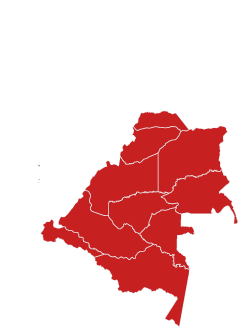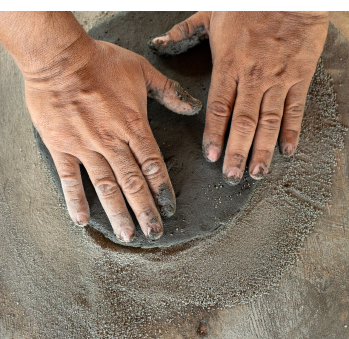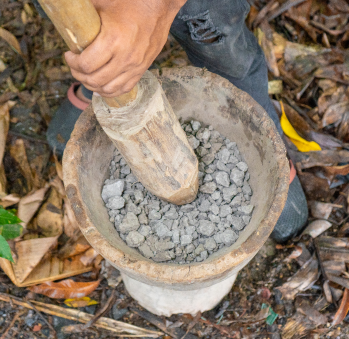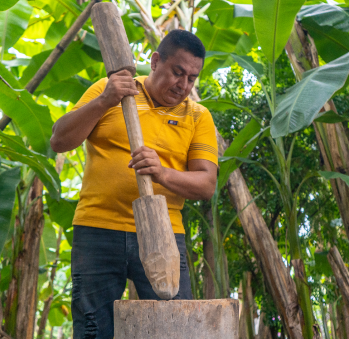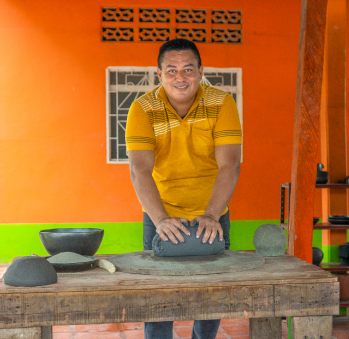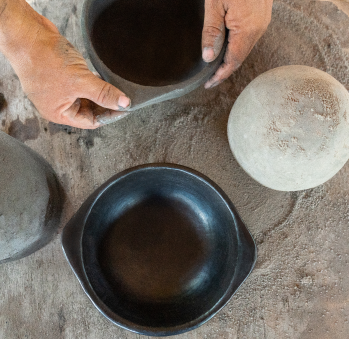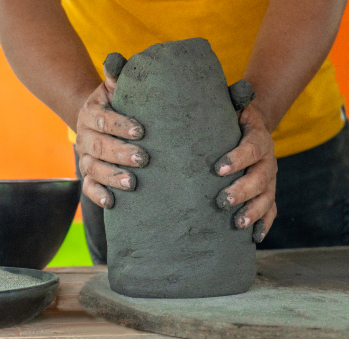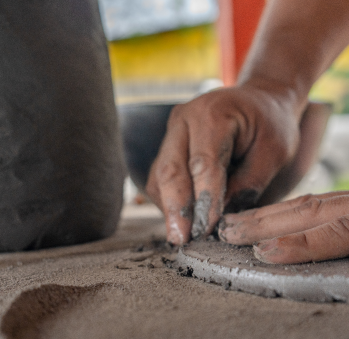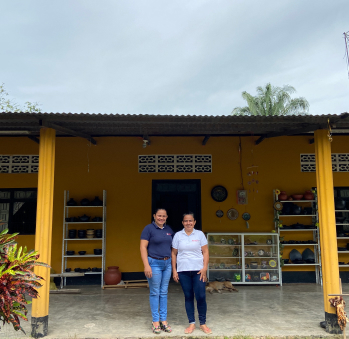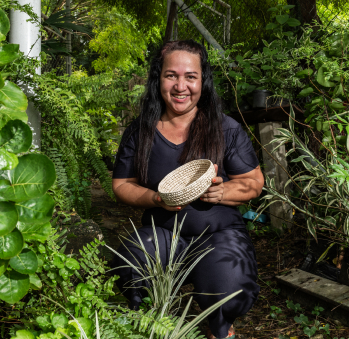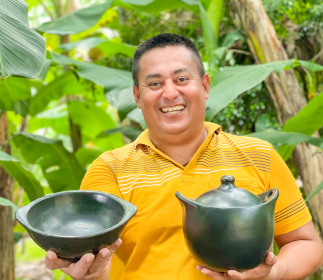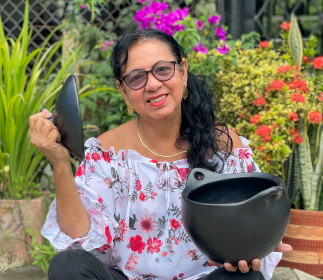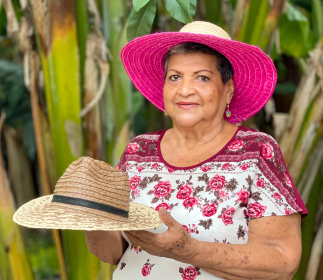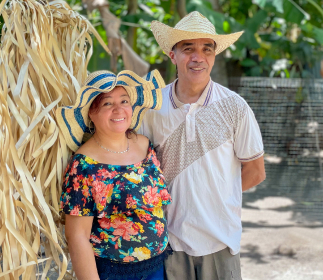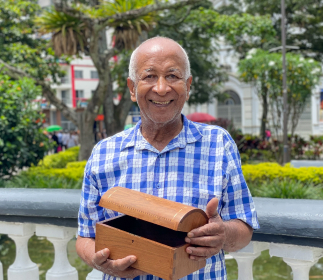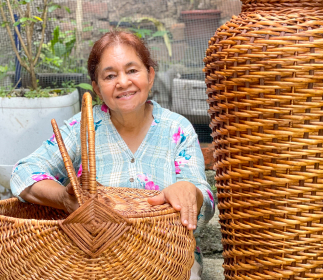Camilo Prada
Workshop: Cerámica Arte y Tradición
Craft: Pottery and Ceramics
Trail: Ibagué-Chipuelo Route
Location: La Chamba, Tolima
He is the visible head of the La Chamba Artisan Association. Son of Ana María Homez, another one of the standout artisans of this town, as well as disciple of master Luz Mariel Rodríguez, Camilo was for a long time a successful trader. He was one of the ones who got truckloads of the famous black ceramics of La Chamba and filled the Rivas Passage on August seventh, as well as Corabastos and many of the commercial squares of the country. Nonetheless, he is aware today of the fact that the wholesale market has been ultimately harmful, since it has made a lot of low-quality products circulate nationally and internationally. That cheap tableware that does not shine as it should and breaks easily has nothing to do with the real, polished, resistant, and long-lasting product that gets baked in Tolima. In spite of that, a lot of typical and corrientazo restaurants use it as their tableware, since there are a few things more beautiful than serving an ajiaco or a bandeja paisa in black clay. An obstacle that is, however, an opportunity, for there is still a lot to teach.
With this in mind, Camilo Prada is today the flagbearer of the Artisan Association and is one of the people who fought to attain the Denomination of Origin Seal of La Chamba: an acknowledgement that lets the pottery tradition be preserved. He has also become a spreader of the enormous cultural and material heritage of his town. He knowledgeably recites the Pijao origin of his community: the times when his brave ancestors fought-off the Spanish colonizers and got the terrible consequence of getting exterminated in vengeance. He also remembers that, because of the mestizaje that came as a result of the Conquista, the use of ceramics went from being solely ritual in funerary urns, to becoming utilitarian making the pots upon which the destinies of these communities would get engraved. They would get inspired by the bronze vases the Spaniards brought over from Europe. He also tells of how, thanks to some broom branches —a plant of the region— that got accidentally included in the cooking process, thus oxidizing a pot more than 80 years ago. The ceramics burned black, which gave the craft a new look. Finally, he is aware of the fact that preserving this knowledge, as well as this town’s economy, even nowadays is due to women. One of them is Ana María Cabezas, the architect of black clay.
He stopped caring a long time ago about quantity to instead focus on quality. He knows that it is the only thing that will let his people’s knowledge to be preserved, valued, and payed for fairly. Suffice it to say that, while a craftsperson might be able to make 20 pots in a day, it is impossible to shine such a large number of wares in a day because of how much time it takes to perform the task. At best, somebody could craft eight pots in that amount of time, and only if they have the experience of these shining potters. This is a thankless job, something that is also a distinctive characteristic of its quality. This is so because the wares’ three coats of gloss stand out, those that show that the layer of Suárez River clay was rubbed with an agate stone to the point of perfect adhesion, which gives the wares the touch of waterproofing required to honorably bear the town’s name.
He is aware that, despite the fact that these are some of the best-known crafts in Colombia, the life conditions of La Chamba’s artisans are still difficult. For this reason, they do not have enough time to teach their tradition, since they would have to stop producing while they do so. Because of this, he takes the task of spreading La Chamba’s virtues and the heritage of potter women very seriously, as he does the task of making sure that the market is increasingly responsible and aware of the value of their work, thus helping the community to get out of poverty. He has taken the challenge of honoring them by showing their work, and has his sights set on continuing to cultivate this craft for future generations.
Craft
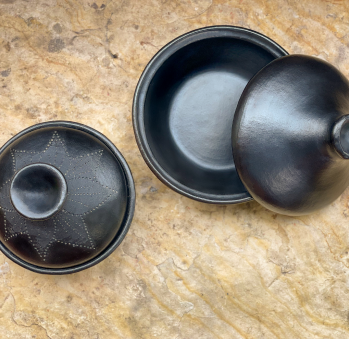
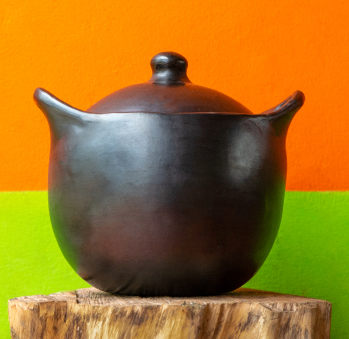
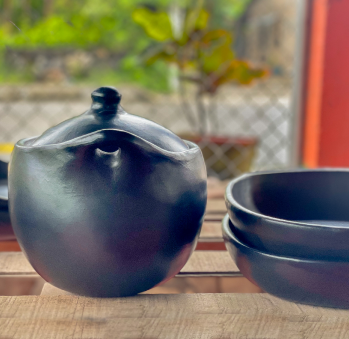
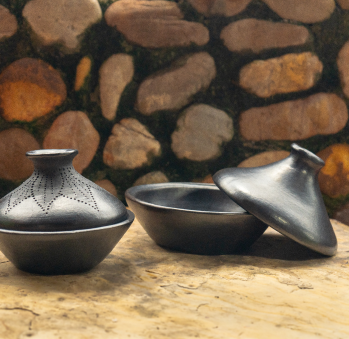
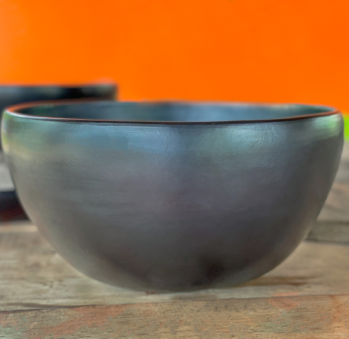
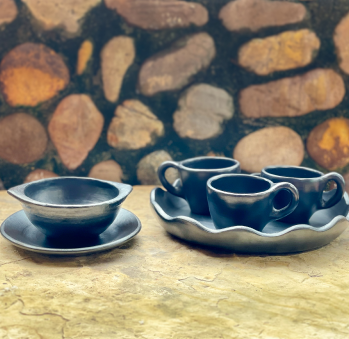
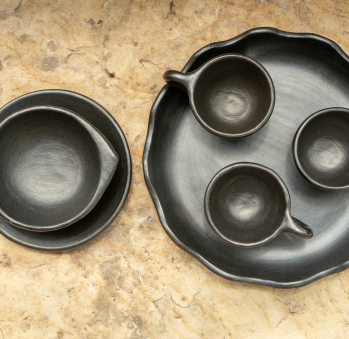
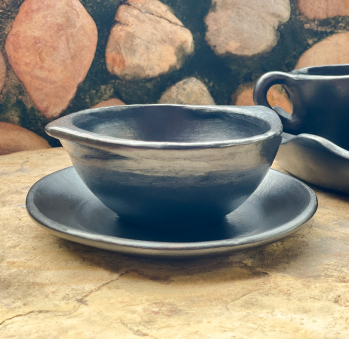








Artisans along the way
Artisans along the way
No puede copiar contenido de esta página

